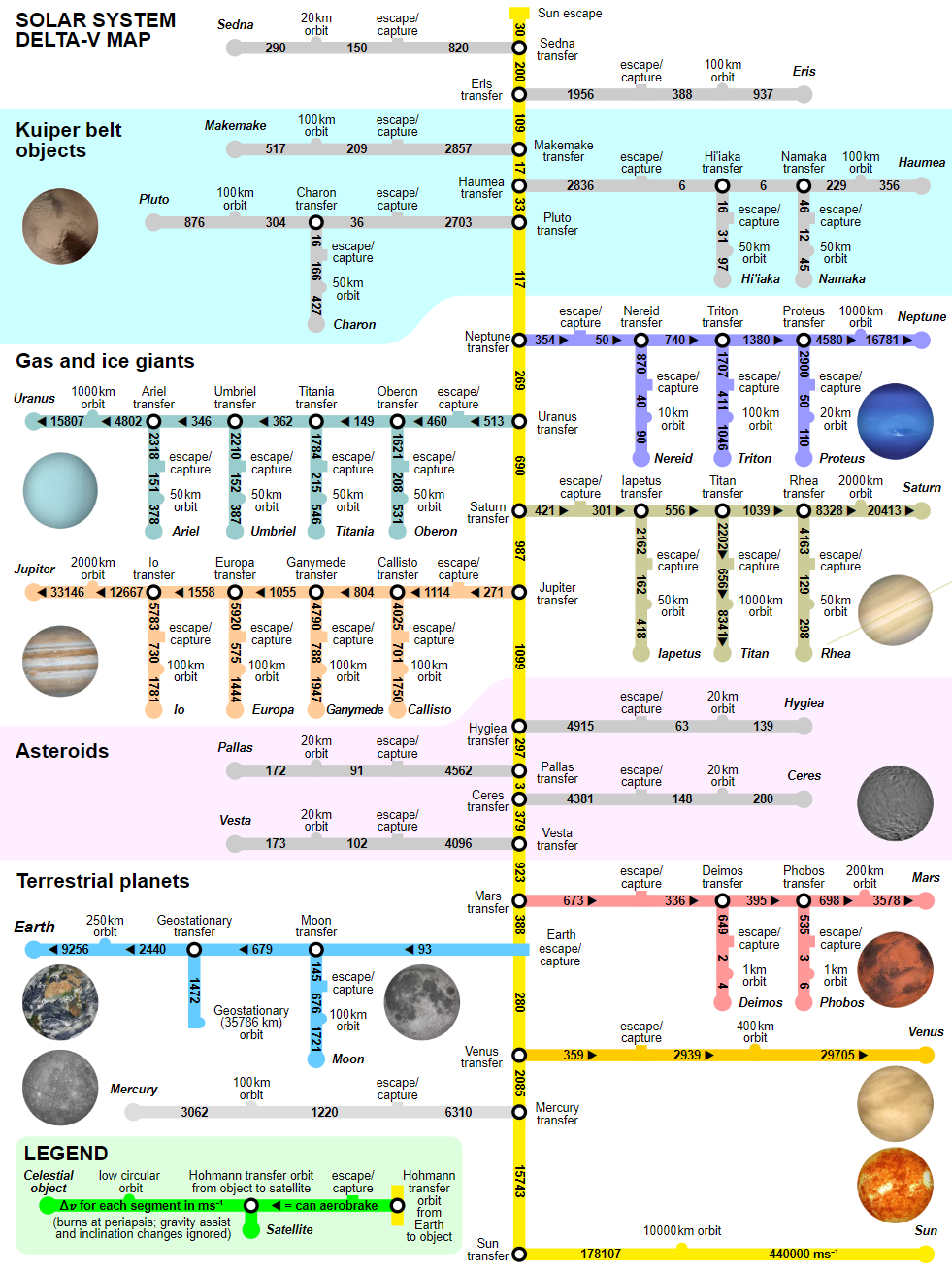
Resolution Criteria: The market resolves to YES if SpaceX successfully lands a mission with human astronauts on Mars before the end of 2025, as confirmed by official SpaceX announcements or reputable news sources. Otherwise, the market resolves to NO.
Mars transfer window is closed. Shortest travel time at optimum launch time is about 6 months.
With humans, you are certainly going to go for as short a duration transit time as possible.
If New Glenn was available, Escapade might launch soon but it wouldn't plan to arrive until ~September 2027 i.e. they have missed the last transfer window that closed ~November 2024, next opening ~December 2026..
There is no rocket in anywhere near ready state that could launch a mission within remaining 7.5 months let alone arrive and land on Mars. You would also want to have experience of landing successfully with somewhere near (or over) the mass that would be needed for a human mission before taking the risk of sending humans and this hasn't been done yet nor even have a planned date.
There are just so many reasons why this is not going to happen, IMO it might as well be resolved no now. @creator @d
@d ^ No planned trip nor any rocket capable and anywhere near ready to do so. That enough to resolve?
https://x.com/SpaceX/status/1928185351933239641
uncrewed possible departing near end of 2026, maybe. 10t payload nowhere near enough for humans.
@ChristopherRandles Suddenly, Vatican city opens up and launches a fully developed Mars transit vehicle with the new Pope on it
@JoshuaWilkes
If they pulled out all the stops and put a dragon on a falcon heavy, Mars is closer now than the length of Hohmann transfer orbit path so may be able to get to vicinity of Mars. Direction of travel would be opposite to that of Mars so there would be no way of using aerobraking to get to orbit or land on Mars but maybe they could change direction around Mars and head on a course to get back to Earth. I wouldn't put survival chances very high so I doubt they would get permission to launch with a human on board. So maybe this means you are right about LEO being as far as he could get even if vicinity of Mars is theoretically possible.
@ChristopherRandles doesn't really work. Most of your velocity (relative to the sun) is the speed of earth around the sun (~30km/s). Your own rocket delta v (~6km/s or so) only adds or removes a small amount. So any trajectory you can reach is going to be an ellipse with either perihelion or aphelion at Earth distance from the sun. So you still end up close to a Hohmann Transfer, except now Mars isn't there when you arrive.
@Mqrius Ah right, I was being silly. Mars orbital speed is approx 24km/s so you can barely even slow down to Mars speed around the sun, let alone wait for Mars to catch up and also gain altitude from sun as required. You need far more delta v to do that. If we reduced the payload from a dragon to a 10 gram payload or something silly like that, how much would that increase the delta-v?
Heading straight for the sun to do a loop around Mercury probably won't work either?

@ChristopherRandles Every orbit needs to be an ellipse so "straight for the sun" isn't really a thing. You can hit Mercury with an ellipse pretty often though, since Mercury's year is so short so you get a lot of transfer windows: http://www.clowder.net/hop/railroad/EMe.htm
The delta V required for Mercury is quite high since you need to change your velocity so much from Earth's velocity, but if you only want a flyby then it's doable.
Here's a solar system delta V map. This assumes Hohmann transfers and probably also co-planar orbits (so IRL you'd need to add a bunch more).

So if you're already in LEO, to hit Mercury at full speed (or do a flyby) you'd spend 2440+679+93+280+2085=5577 m/s delta V, which is quite doable. (I'm thinking a refilled Starship here)
With a bit more you might be able to return. But to get in orbit around it would be expensive since you can't aerobrake.
As for how much a Falcon Heavy could do, here's a nice graph. It uses C3, which is basically the energy beyond leaving Earth's sphere of influence, and I'm not brain enough tonight to convert it to delta V, sorry.
